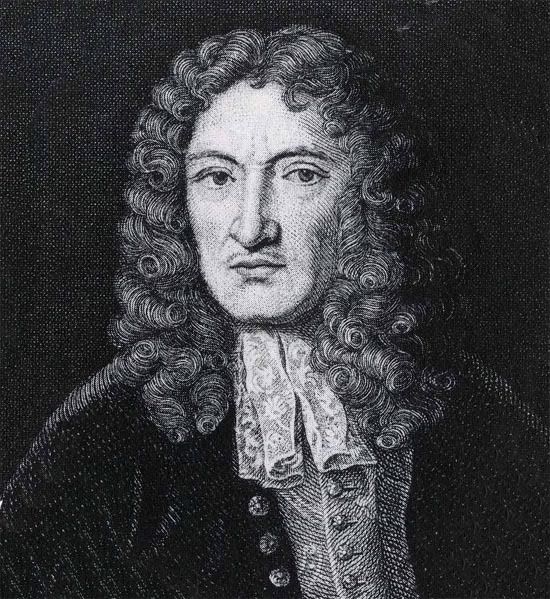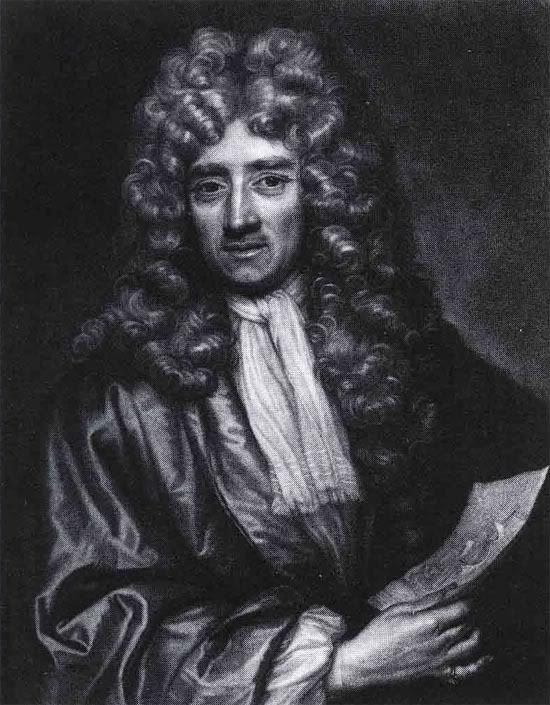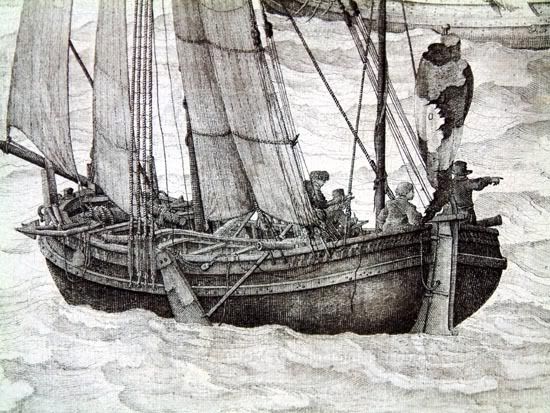This is a translation of the Dutch website about the construction of the diorama “The anchorage at Texel”
Words marked by (*) can’t be translated into English because they are pure Dutch words of names and/or places.
Part 1/11: Home
Artitec is building the biggest historic sea diorama ever: “Celebrating four hundred years of VOC”
(VOC = Vereenigde Oostindische Compagnie = Dutch East India Company)
Thanks to the Foundation “Celebrating four hundred years of VOC”, ABN AMRO, Euronext, Fugro, Heineken en IHC Caland.

“The anchorage at Texel”
One hundred ships on a calm sea, a forest of masts, sails and flags, 4000 sailors, officers and civilians, a village with two hundred houses behind a dyke and a fortification. All this will form the large maritime panorama “The anchorage at Texel” measuring 18 by 4 meters (54 by 12 ft). Special effects and documentation will add an extra dimension. The scene is situated in the year 1665, a time of disaster as well as glory, the time of ‘de Ruyter’ and ‘Tromp’, the time of diplomacy, adventure and entrepreneur, the time of the VOC.

(Willem van de Velde the elder)

(Willem van de Velde the younger)
The Seventeenth Century marine painters Willem van de Velde the elder and the younger came up with the idea of making detailed portraits of individual ships, thus being able to paint any conceivable panorama.
This idea inspired present day modelers to build a three-dimensional variant.

(Willem van de Velde aboard his own boat)
Primary sources used for the design of the model ships were the, almost photo like, drawings of Willem van de Velde (both the elder and the younger) combined with contemporary building specifications of ships. Accuracy of the design process was constantly being checked by making pictures of the models and comparing these with the historic drawings. This way, although very time-consuming, it was possible to reconstruct the old ships. However, the construction of one hundred very detailed and realistic ships set in an equally detailed landscape demanded unorthodox methods. These methods consist of the fabrication of plastic parts from which molds are retrieved thus being able to use resin as primary source of building material (instead of wood). Sails are made from paper, plastic or cloth and most of the rigging is done in brass.

(miniature of Willem van de Velde making a sketch aboard his boat)
As part of celebrating 400 years of VOC in 2002, the first part of the diorama will be put on display at the parliament building in The Hague. The main theme of this part is VOC. At the end of April 2002 the panorama will be moved to the Nautical Museum (Scheepvaart museum) in Amsterdam. At Texel the panorama will get its final destination, close to the former anchorage it depicts. In 2003 and 2004 the remaining parts will be added depicting navy, fishery, WIC (Dutch West India Company) and European trade.